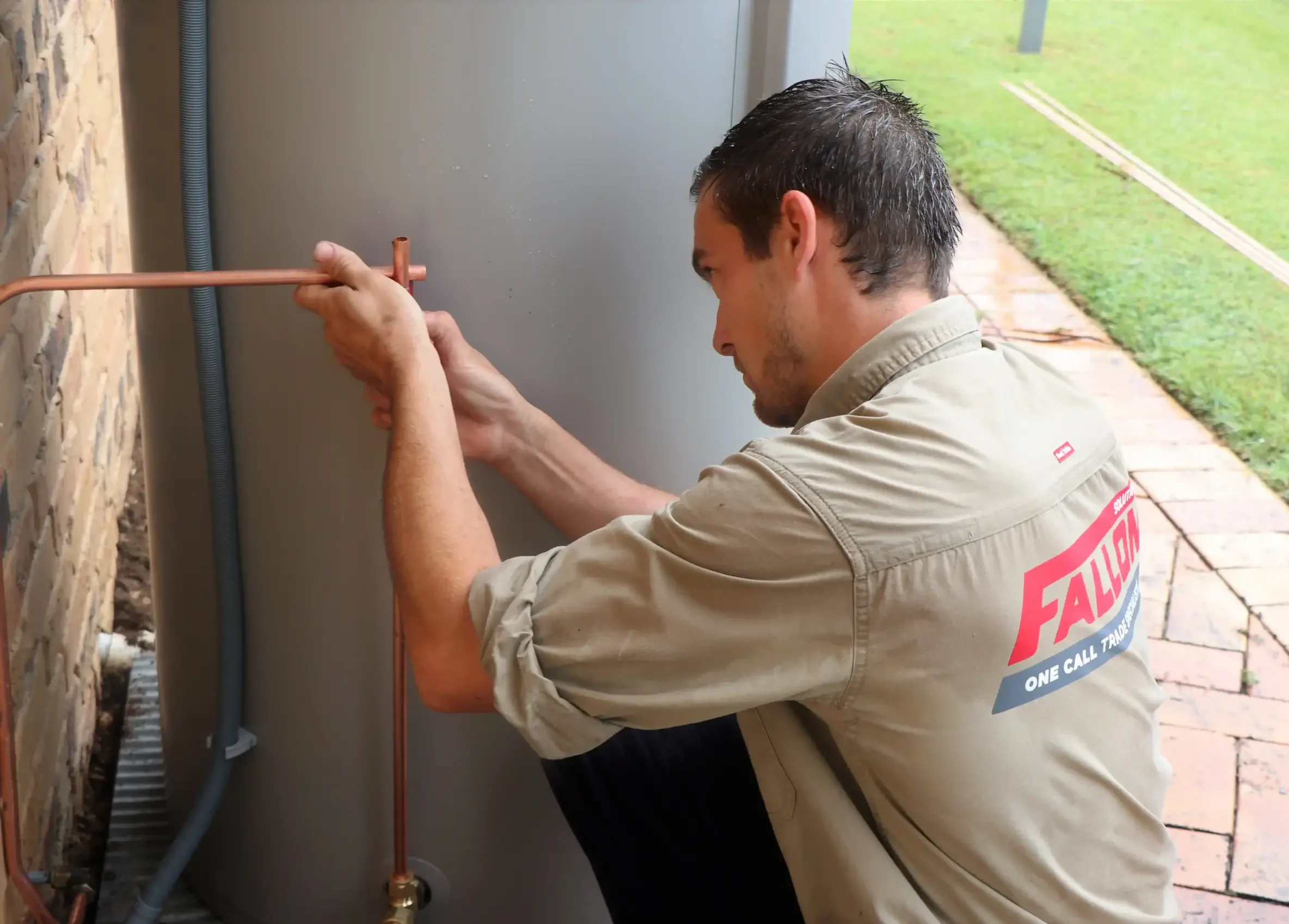What is Backflow Testing?
With more and more community awareness of environmental concerns and eco-friendly alternatives, backflow testing is something that is becoming a more spoken-about topic. State legislation requires all QLD local governments to ensure an ongoing program for the registration, maintenance and testing of testable backflow prevention devices, to ensure everyone is doing a part in keeping our waterways clean.
What is a backflow prevention device?
A backflow prevention device stops backflow from getting into the main water supply. For a little clarification, backflow is the reverse flow of polluted water from a home, business or industrial area into a main water supply. If the main water supply and backflow hit, the main water supply becomes contaminated.
A backflow prevention device is a gadget that gets installed to stop any cross-contamination from occurring, by stopping any backflow (ie. contaminated water) from going in the direction of the main water supply and polluting our drinking water.
What can cause contamination?
Potential contamination can come from a few different sources, including :
- Chlorinators
- Swimming pools
- Ornamental ponds
- Fire systems
- Fire hose reels
- Irrigation
- Grease traps
- Air-conditioning towers
- Vehicle and bin-washing bays
- Chemical injection areas
- Vehicle maintenance pits
This is not an exhaustive list, and contamination can come from other areas into the water supply as well.
You’re in Safe Hands with our Master Plumbers.
Local, experienced and certified.
Call 1300 054 488 or
Book Online
For all your electrical and plumbing needs, call us on 1300 054 488.
What types of properties require backflow prevention?
Most commercial premises, as well as residential properties, will require a backflow prevention device, including (but not limited to) :
- Restaurants
- Caravan parks
- Production/manufacturing facilities
- Dental facilities
- Schools
- Daycare centres and kindergartens
- Hotels
- Residential properties
- Unit and apartment complexes
- Medical facilities
- Shops
- Dry-cleaners and laundries
- Hospitals
- Botanic gardens
- Pest control and water-carrying vehicles
- Sports clubhouses
- Funeral parlours
- Motels
- Vehicle repair workshops
- Car and plant-washing facilities
- Swimming pools
- Waterfront facilities including docks and piers
How often does backflow testing need to occur?
Backflow testing needs to occur regularly, namely once a year, for the continued safety of our waterways by a licenced backflow plumber.
If you are located in an area regulated by the Brisbane City Council, as of January 2019 a Backflow Prevention Program has been created to maintain backflow prevention devices in Brisbane and its surrounds. When a plumber completes a backflow test, a Form 9 test report is given to the Council which is recorded in the Backflow Register. The Brisbane City Council will issue both an Annual Registration Fee Notice and Testing Reminder Notice to any backflow device owner, reminding them to arrange for the testing of your device by 31 December, and you will be given reminders throughout the year to ensure a Form 9 test report is completed by a plumber. The Backflow Prevention Program also arranges for the performance of audits and any investigations that need to be completed regarding backflow prevention devices, to ensure all owners are up-to-date with the Council-mandated requirements.
Why should I have a backflow prevention device installed?
To stop the backflow of water from a possible contaminated source into the potable water supply. Backflow prevention devices keep our water clean and drinkable, so they play a crucial role in our overall water supply system.
If you have any questions regarding backflow prevention and backflow prevention devices, or wish to have one installed, give us a call on 1300 762 260 or complete an online form today.
